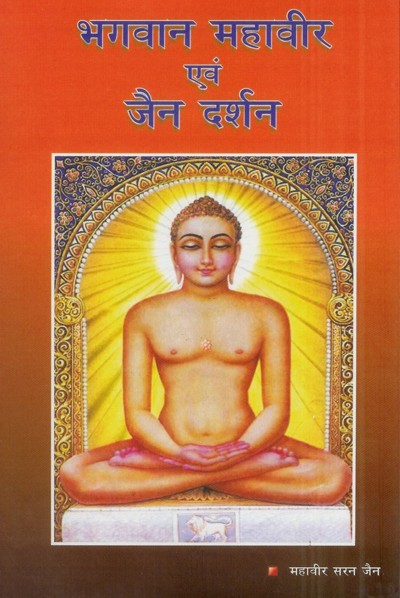The engagement of karma with the auspicious and inauspicious tendency of the mind, speech and body, is known as yoga. The entirely detachment of soul from karma is liberation. After saṁvara there is nirjarā tattva in which previously bound karmas are annihilated. After that the pure consciousness of the soul is attained. Even after having the attainment of the pure consciousness Lord Mahāvīra preached for public welfare. He kept on moving from one place to another, from one city to another, from one village to another to preach the dharma and to their benediction. It is necessary to discuss the nature, function and situation of mind, speech and body on the basis of saṁvara. At the level of the saṁvara it is necessary to become devoid of influx.
अप्पसत्थेहिं दारेहिं सव्वओ पिहियासवो।
Appasatthehiṁ dārehiṁ savvao pihiyāsavo.
(A shramaṇa (श्रमण) or monk prevented the influx of Karman through all channels.)
(The Uttarādhyayana Sūtra, 19/94)In this way, on the ground of saṁvara the physical activity of body, speech and mind exists but the passages of influx of emotional (bhāva) mind gets closed. The passions are not originated, due to absence of the emotional mind and the origin of deluding emotions (attachment and aversion) they get diluted. An aspirant becomes free of passions even if his external activities of mind, speech and the body and soul dose not stick to due to freedom from passion. The soul space points do not vibrate. In fact, the saṁvara happens due to emotions free from passions. The ear subjects to the words. The word causes attachment being attractive and causes aversion being unattractive. The one, who remains equal in both attractive and unattractive words, becomes a person free of passions (vītarāga). The eye subjects to form. The form being attractive causes attachment and being unattractive cause’s aversion and the person who is equal in both attractive and unattractive, becomes person free from passions. The nose makes its subject to smelling. The smell causes being attractive attachment and being unattractive the smell causes aversion and the person who remains equal between attractive and unattractive becomes person free of passions. The tongue takes taste. The taste being attractive cause’s attachment and the taste being unattractive cause’s aversion and the parson who is equal in both attractive and unattractive, he is free from passions. In the same way the person who is equal in both attractive and unattractive touches, he is free from passions. The emotion of non-attachment emerges from dispassionate emotions. In this situation, the activities do not cause karmic influx. The karmas do not bind soul. In this way, in the stage of saṁvara the condition of ‘Ayoga’ of mind, speech and body takes place.
सम्यग्योगनिग्रहो गुप्तिः।।
Samyagyoganigraho guptih...
(Tattvārth Sūtra: 9/4)(Stopping activity of the mind, speech and body without desire for material gains or fame is called control of mind, speech and body.)
"By abstaining from destroying life; from lying; from taking anything which is not given; from all sexual indulgence; from having any property; and from eating at night, the soul becomes free from Asravas."
“By possessing the five Samities and the three Gupties, by freedom from passions, by subduing the senses, by vanquishing conceit, and by avoiding delusions, the soul becomes free from Asravas.”
(The Uttarādhyayana Sūtra, 30/2-3)
 Dr. Mahavir Saran Jain
Dr. Mahavir Saran Jain
